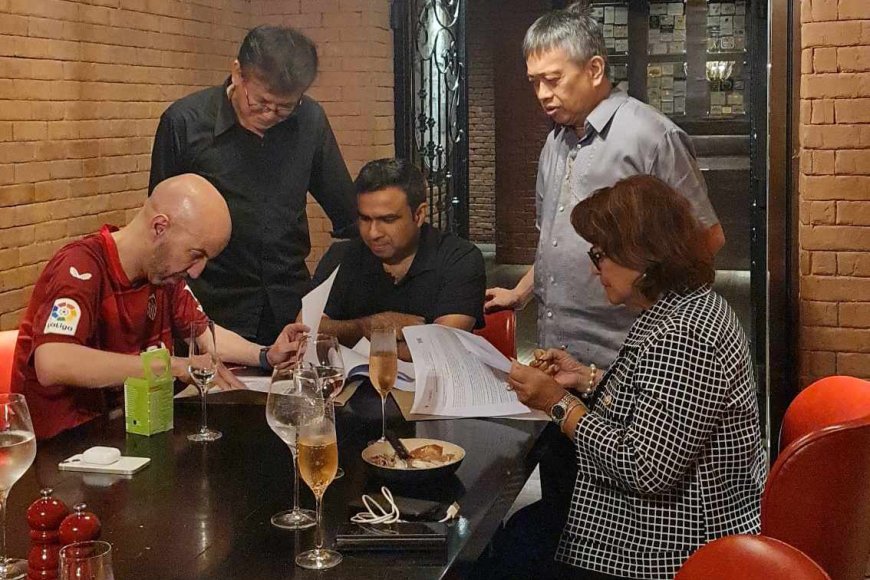ComClark eyes PHL air traffic control
UY-LED ComClark Network and Technology Corp. has submitted an unsolicited proposal to manage the country’s air navigation, traffic, and control system, its chief executive officer (CEO) said.

By Ashley Erika O. Jose, Reporter
UY-LED ComClark Network and Technology Corp. has submitted an unsolicited proposal to manage the country’s air navigation, traffic, and control system, its chief executive officer (CEO) said.
“Yes, we’ve submitted a proposal to help the government in improving our air traffic systems,” ComClark CEO Dennis Anthony H. Uy said in a statement on Sunday.
Mr. Uy said the company, together with its “international partners,” has the technology, capability, and experience to ensure that the Philippines’ air transport system is safe and at par with other countries.
“It has to be evaluated, but nothing is final at the moment because the proposal is unsolicited,” Civil Aviation Authority of the Philippines (CAAP) Director General Manuel Antonio L. Tamayo told reporters last week.
Transportation Undersecretary for Aviation and Airports Roberto C.O. Lim said that the Department of Transportation is considering either creating an independent agency or forming a joint venture with government corporations under a public-private partnership (PPP) scheme to privately manage and operate the Philippines’ air traffic management system.
“[We want an entity] to privately manage and operate the country’s air traffic management system while at the same time satisfying the national security concerns,” Mr. Lim said during the European Chamber of Commerce of the Philippines Aviation Summit 2024 last week.
PPP Center Executive Director Cynthia C. Hernandez said the Air Traffic Services-Air Navigation Services project is also being evaluated for a solicited project.
Ms. Hernandez said this project involves the financing, design, construction, operations, and maintenance of air traffic services and air navigation services of the country’s airspace and international airspace managed by the Philippines.
“Although there’s an unsolicited proposal for the air traffic services-air navigation services project,” she added.
Mr. Lim said that the World Bank and the International Finance Corp. (IFC) are currently conducting a study on the management of the country’s air traffic control.
“We are hitting two birds with one stone. We are trying to decongest CAAP with the burden of operating a facility. As you have seen, there is an inherent conflict in the function of CAAP being a regulator and operator of airports and public facilities,” he said.
Allowing a private company or creating a separate entity to manage and control the country’s air traffic control system will relieve CAAP of its conflicting role, Mr. Lim said.
“It could be by putting it in another government authority or corporation, or it could be a joint venture between government and the private sector,” he added.
Further, Mr. Lim said the DoTr is expecting the World Bank and IFC to conclude their study on how to proceed with the management of air traffic services by next year.
Asked whether there is a local company qualified to manage the air traffic control system, Mr. Lim said: “There is no local company to our knowledge that has experience of air traffic management. So, you’d have to look outside, team up with a local company. It could be a telecom company.”
The DoTr wants CAAP to focus solely on being a regulator, Mr. Lim said, noting that currently, CAAP is responsible for both operating airports and managing air traffic control.
“We have identified these three areas that are inherently conflicting roles in one agency,” Mr. Lim said.























